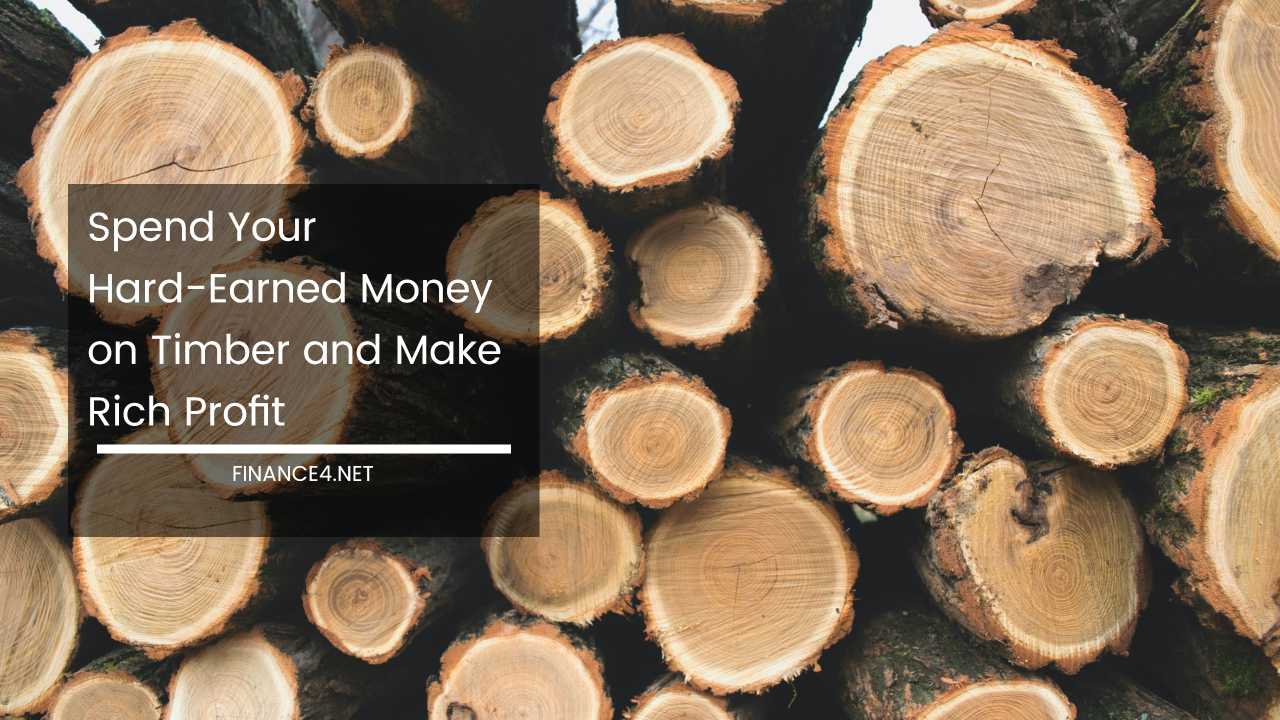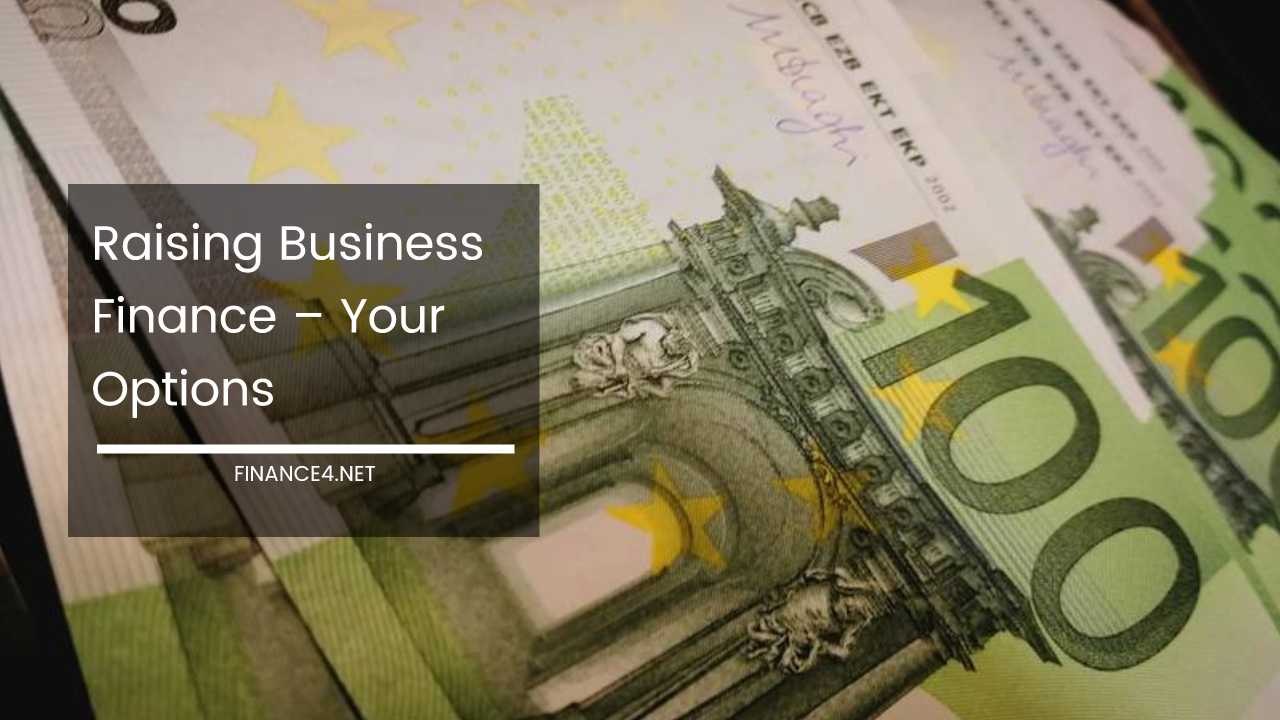Timber Investment 101: Building a Secure Financial Future

Timber Investment: Cultivating Growth, Sustainability, and Financial Security
The ever-evolving investment landscape demands diversification and exploration of alternative avenues for securing financial well-being.
Timber investment has emerged as a compelling option, captivating investors with its unique blend of potential for high returns, environmental benefits, and ethical considerations.
This comprehensive analysis delves into the world of timber investment, exploring its advantages, considerations, and diverse investment strategies.
Shifting Gears from Volatility: Why Timber Stands Out
Traditional stock markets, while offering attractive possibilities, are often characterized by unsettling volatility. Investors frequently encounter periods of significant fluctuations, leading to uncertainty and potential losses. This unpredictability can be nerve-wracking, even for seasoned investors.
However, timber offers a more stable option. The demand for timber has been on a consistent upward trajectory for several years, with no indication of a significant decline.
This constant growth trend stands in stark contrast to the often unpredictable nature of the stock market, providing a sense of security for investors seeking a more reliable path to financial growth.
Beyond Returns: The Multifaceted Value of Timber
The allure of timber investment transcends the pursuit of pure financial gains. Timber serves as the cornerstone for numerous industries, particularly furniture production and construction.
Hardwood, a prized resource within these sectors, is coveted for its strength, versatility, and natural beauty. As demand for these materials intensifies, so too does the value of timber investments.
Experts predict a significant surge in timber investment, with estimates suggesting a potential increase of over 55% by 2050. This projected growth paints a promising picture for those seeking to invest in this increasingly valuable resource.
Outperforming Inflation: A Hedge Against Market Fluctuations
Financial advisors consistently emphasize the importance of investments that consistently outperform inflation. This ensures that the purchasing power of your money remains intact over time. Timber investments possess this crucial advantage.
Historically, the price of timber has consistently risen above the global inflation rate. This trend instills confidence in investors seeking a reliable hedge against inflation, guaranteeing a substantial return on their investment in the long run.
Timber acts as a natural inflation hedge, allowing your investment to grow in value alongside the increasing cost of living.
Simplicity and Sustainability: A Refreshing Investment Approach
Unlike many investment fields rife with complex financial jargon and ever-changing market trends, timber presents a refreshing level of simplicity.
Forget the intricacies of financial analysis and navigating a volatile stock market. With timber, the investment process is refreshingly straightforward. Plant a seed, nurture the tree as it grows, and witness the value of your investment steadily escalate.
This inherent simplicity makes timber a particularly attractive option for those seeking a hassle-free investment strategy.
However, it’s crucial to remember that responsible forest management practices are essential for maximizing returns and ensuring the long-term health of your timber investment.
Environmental Responsibility: Cultivating a Greener Future
Timber investment is not merely about financial gain; it presents a remarkable opportunity to contribute to a more sustainable future.
The ever-growing popularity of timber investment has a positive impact on the environment. As more people invest in timber, the need for harvesting from natural forests diminishes.
This, in turn, encourages responsible reforestation practices, leading to the planting of countless trees. By investing in timber, you’re not just securing your financial future, you’re actively participating in the preservation of our natural world.
Timber plantations act as carbon sinks, absorbing significant amounts of carbon dioxide from the atmosphere, mitigating the effects of climate change.
Beyond the Hype: A Balanced Perspective
While timber investment presents a promising avenue for growth, it’s crucial to maintain a balanced perspective. Timber is a long-term investment, with returns materializing over a period of years, often decades, depending on the species and growth rate.
Patience is a virtue when it comes to this field. Additionally, factors like location, tree selection, and proper forest management practices significantly impact the ultimate yield.
Consulting with experienced forestry professionals before embarking on a timber investment journey is highly recommended. They can provide invaluable guidance on species selection, sustainable practices, and maximizing long-term returns.
Exploring the Options: Investment Vehicles for Timber
There are several ways to participate in the timber investment market, catering to a range of investor preferences and risk tolerance levels. Here’s a breakdown of the primary methods:
-
Direct Ownership and Management: This approach offers the most control and potentially the highest returns. However, it requires significant upfront investment in land, forestry expertise, and ongoing management costs.
-
Timber Investment Management Organizations (TIMOs): TIMOs provide professional management services for investors seeking to own a stake in timberland without the burden of direct management. They manage all aspects of the plantation, from tree selection and planting to harvesting and marketing, for a fee.
-
Timberland Real Estate Investment Trusts (REITs): Timberland REITs offer a more accessible entry point, allowing individuals to invest in a portfolio of timber lands managed by professionals. These REITs function similarly to traditional REITs, but focus on income generated from timber production. Investors receive dividends based on the performance of the underlying timberlands.
- Timber ETFs (Exchange-Traded Funds): Timber ETFs provide a diversified exposure to the timber industry through investments in companies involved in timber production, processing, and related sectors. This option offers a more indirect approach to timber investment but allows for participation in the broader timber market growth.
Choosing the Right Path: Considerations for Timber Investors
The ideal timber investment strategy depends on several factors, including:
- Investment goals and risk tolerance: Are you seeking high returns with a higher risk profile, or prioritizing a more conservative approach with lower volatility?
- Investment horizon: Timber is a long-term investment. How long can you commit your capital?
- Financial resources: Direct ownership requires significant upfront investment, while other options offer lower entry points.
- Knowledge and expertise: Do you possess the necessary forestry knowledge for direct ownership, or would you prefer a professionally managed approach?
Sustainable Practices: Cultivating a Responsible Future
Investing in timber goes beyond financial considerations. Responsible forest management practices are paramount for ensuring the long-term sustainability of your investment and the environment. Here are some key principles to consider:
- Species selection: Opt for native or well-adapted species that thrive in your region.
- Sustainable harvesting practices: Utilize selective harvesting methods that promote forest regeneration.
- Soil conservation: Implement strategies to prevent soil erosion and maintain soil fertility.
- Biodiversity considerations: Promote biodiversity by creating a habitat for native flora and fauna.
By adhering to these principles, you can contribute to the creation of healthy, thriving timber plantations that benefit not only your investment but also the surrounding ecosystem.
Final Thoughts: Timber Investment – A Viable Path for Future Growth
Timber investment presents a compelling proposition for those seeking a reliable and potentially lucrative investment opportunity.
Its ability to outperform inflation, coupled with its positive environmental impact, makes it a truly unique asset class.
By carefully considering the various investment options, seeking professional guidance, and prioritizing sustainable practices, you can harness the power of timber to cultivate a brighter financial future while contributing to a greener and more sustainable tomorrow.
Remember, responsible investment, a long-term vision, and a commitment to sustainability are key to unlocking the full potential of timber as a powerful investment tool.



